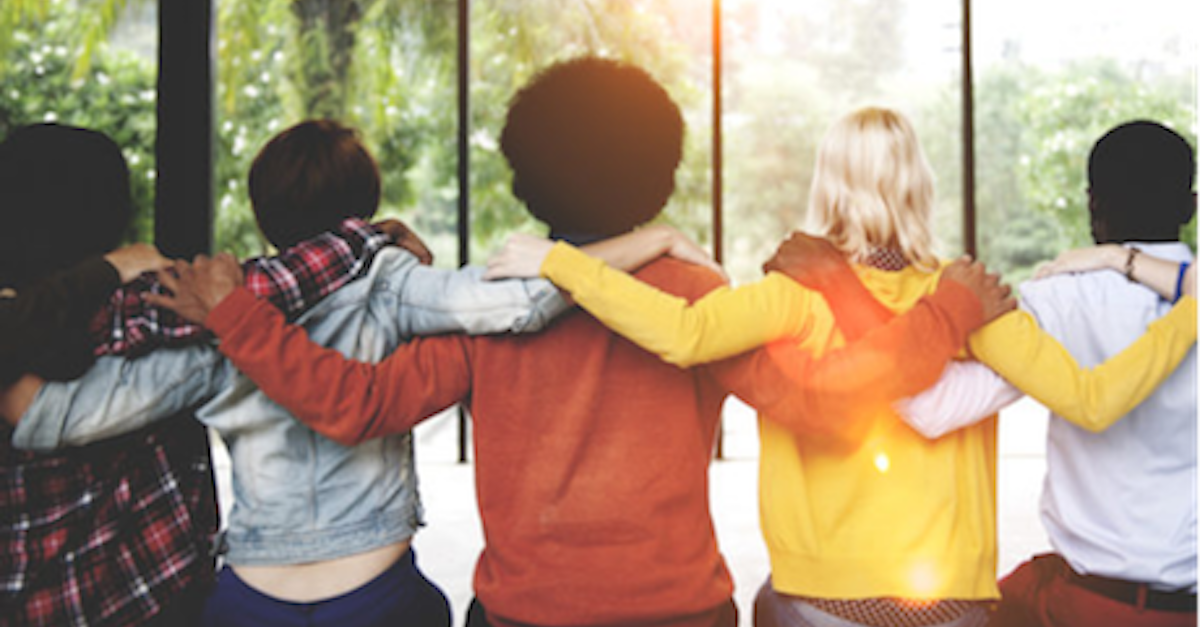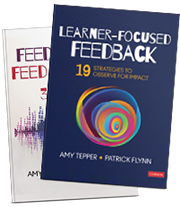On January 20th, we were glued to our TVs. We were awed. We felt inspired and connected to something bigger than ourselves…to where we are headed, to each other, and to the people on our screens. We marveled at how the inauguration planners and participants achieved this outcome in a month of chaos and tragedy. As we reflected, we realize that they impacted us through:
- A clear, common, and coherent message and vision
- Regardless of whether we agree or disagree the message was clear, unity as Americans was the call
- Coordinated, collaborative, and purposeful planning
- The songs sung, the poem recited, the visuals created, the clothing and accessories selected, and the speeches delivered all aligned to that common message and vision
- Created moments that appealed to our humanness
- The Heath brothers remind us of the power of moments. Each moment was designed to appeal to our emotion, our pride, balancing novelty with tradition, with a few bits of humor (Thanks Bernie for being all of us on a cold day) through a great diversity of images and sounds. Garth Brooks singing Amazing Grace in jeans, J Lo blending the Pledge in Spanish and Lady Gaga’s life-sized dove. Amanda Gorman at only 22 in that yellow jacket helping us see the Hill we Climb, the moments at Arlington, marching bands silently parading and then celebrating the final walk to the White House, Katy Perry singing through fireworks. We couldn’t stop engaging. There was something for everyone. The day gave us hope and joy.
Defining moments rewire our understanding of ourselves or the world. In a few seconds or minutes, we realize something that might influence our lives for decades.
Chip Heath & Dan Heath
We know that a feeling of belonging and being connected is at the heart of our humanity and propels us forward each day and through this pandemic. This is true in our lives and in our schools.
Across the country, teams of educators have focused on ensuring connectedness and a sense of belonging for their students by prioritizing the building of relationships–of critical importance–yet we see varying levels of success.
In speaking to schools across the country, scenarios are evolving such as:
- A sole emphasis on “wellbeing” and SEL or a siloed approach instead of a recognition that social and emotional learning and cognitive learning are completely interconnected
- A hyperfocus on grades or low student performance/attendance instead of the learning occurring and why
- A sole focus on relationships instead of recognizing that learning strengthens relationships. We build efficacy and trust when we empower learners and support them in rigorous challenges.
Once Was Lost, But Now Found
Those who are successful in creating learning environments that generate connectedness and support a whole learner understand there must be:
A clear, common, and coherent message and vision
Identifying:
- What is it we are ultimately seeking for our students now and beyond the pandemic?
- How are we collectively defining “connectedness” or what it means to have a connection with a student?
- How are we determining student levels of connectedness and belonging?
Coordinated, collaborative, and purposeful planning
Identifying:
- How are we ensuring systems that allow for data and expertise sharing and collaboration between service providers, teachers, and leaders so they work as a team?
- How are we helping teachers recognize that SEL is not something taught in isolation and helping them build on what they already know and do effectively throughout the day?
Created moments that appeal to our humanness
Identifying:
- How we are ensuring we are engaging students in relevant learning through need, novelty, meaning, and emotion? (Tate, 2015)
- How are we forming instructional moments that tap into our students’ innate desire to learn and what we understand about how students learn?
- How are instructional moments designed to ensure our students’ emotional wellbeing in face of challenge?
To support teams we serve as they engage in self-assessment with these questions, we organized our thinking about connectedness into four areas. The moments we create as teachers and leaders should lead to students who feel connected to:
- the school community,
- an adult/their teacher,
- to their peers/their “classroom” as a community,
- to the learning.
If we are seeking to identify how to cultivate these connections, it is critical that staff and stakeholders recognize that everyday instructional choices impact each of the four areas of student connectedness. Take a look at your instructional framework or practices with high effect sizes. Consider how rigorous and clear learning targets and criteria, wait time, varied resources for accessibility, opportunities for group work and peer feedback, conferring… all lead to connectedness.
It’s Times Like These
As we seek to build a connected community within our schools here are 3 recommendations:
- Unpack phrases and terms that we assume everyone understands – such as “connected” or “relationships.” Broaden thinking and strive to achieve a common definition so everyone knows it when they see it.
- Facilitate learning opportunities that will allow teachers to create connections as to how social, emotional, and cognitive learning are all interconnected and potentially already in existence in their practice. Great resources:
- Design a balanced, multi-faceted system for observations, building walkthroughs, and data collection to
- Identify, share, and celebrate practices that are currently fostering connections to at least one of the four areas
- Build an understanding of student voice (ask for their feedback about instruction), determine schoolwide needs and identify root causes as to why students may feel disconnected
- Design responsive professional learning that raises levels of efficacy to help ensure readiness to build a connected community
- Help teachers see and reflect upon their impact on student connectedness
Baby, You’re a Firework
Through these actions, we can harness the power of moments to create connectedness–moments of pride through a common vision, collaborative planning and purposeful choices, and implementation of practices that reach all learners. You don’t need to orchestrate a fireworks show every day in your classrooms and schools, you just need to be the spark and create moments that lead to true connectedness.
If you want to be part of a group that bonds like cement, take on a really demanding task that’s deeply meaningful. All of you will remember it for the rest of your lives…To spark moments of connection for groups, we must create shared meaning. That can be accomplished by three strategies: (1) creating a synchronized moment; (2) inviting shared struggle; and (3) connecting to meaning.
Chip Heath & Dan Heath
*Did you catch song references from the inauguration?
Need further guidance? Contact us directly and check out our resources and new webinars on our site
Let’s stay connected – Sign up for our mailing list
Twitter: Amy @ATep46 Patrick @ReVISION_Learng
Order our books Feedback to Feed Forward: 31 Strategies to Lead Learning and Learner-Focused Feedback: 19 Strategies to Observe for Impact today!




Leave a Reply